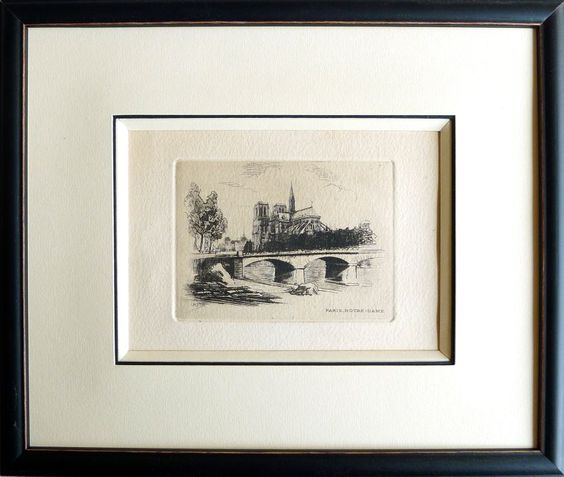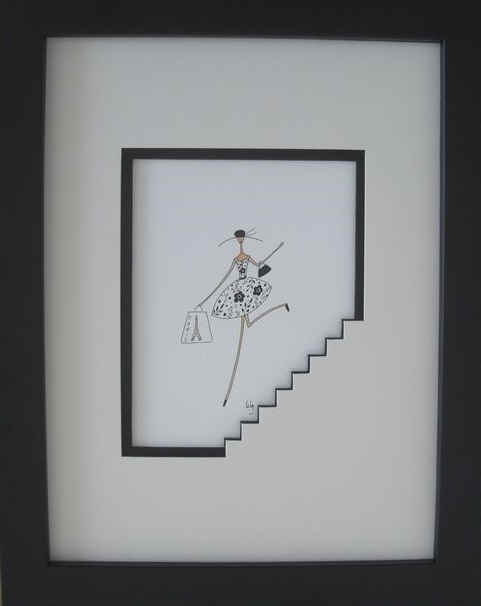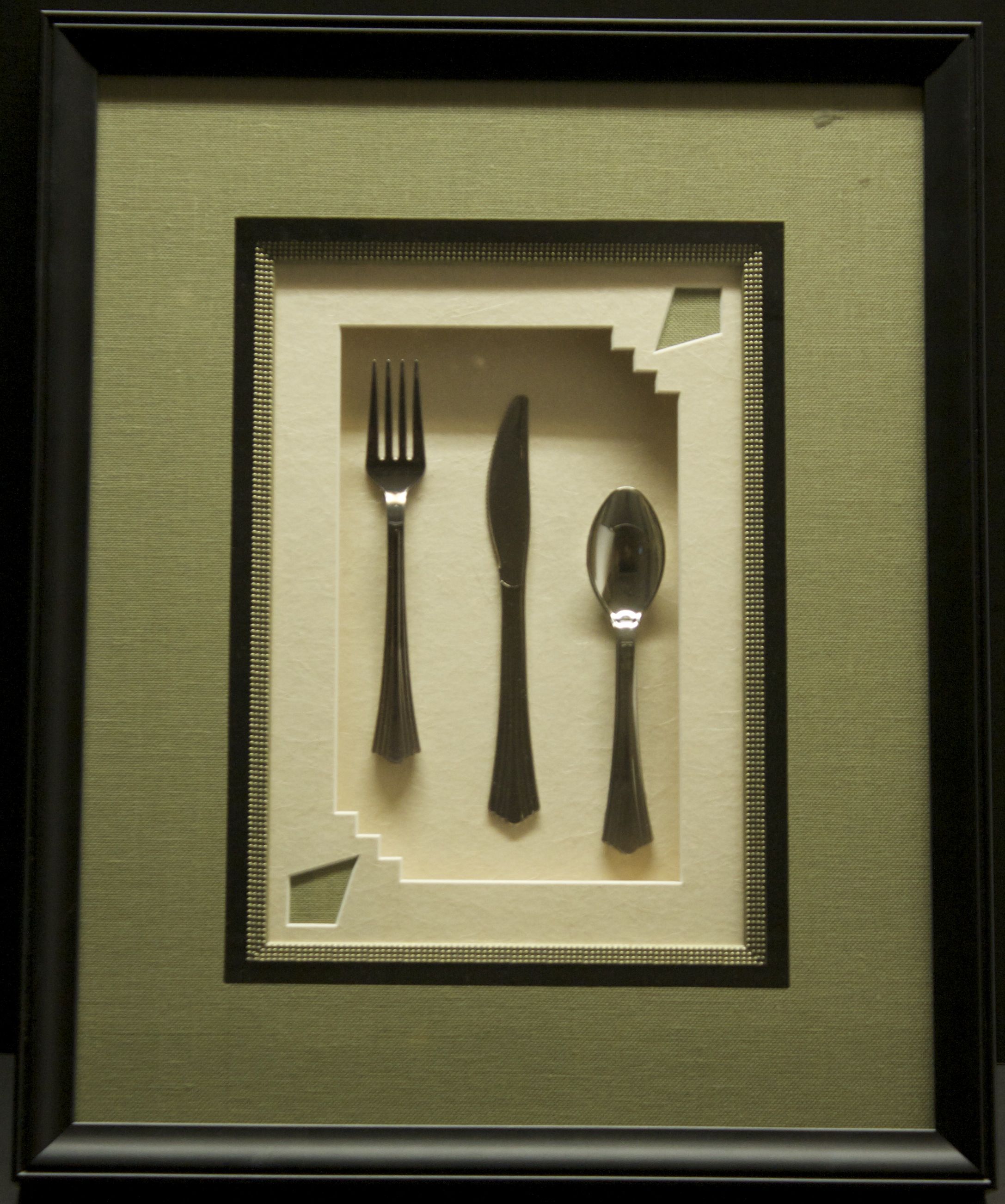Useful tips for choosing a passe-partout:
1. It is important to remember that the passe-partout is only assigned the role of link between image and frame.
2. The passe-partout color should be half a tone darker or lighter than the main color of the image or match the non-primary color of the image.
3. In most cases, a passe-partout is chosen with a slightly darker color than the lighter tone of the image.
4. The frame must not be the same color as the passe-partout.

5. Anti-reflective glass (frosted glass) makes the color of the passe-partout darker by half a tone.
6. For a painting that shows movement, it is better to make a wide passe-partout, especially if the perspective of the painting goes beyond the frame.
7. For a square image, the sides and top of the passe-partout should be the same and the bottom should be wider.
8. The same width of the passe-partout for all parts is more practical - you can change the image at any time without thinking about the vertical or horizontal format.

9. Most often make a passe-partout 5-6 cm wide.
10. The width of the passe-partout must not be the same as the width of the frame.
11. It's very nice when you put a slip on the edge of the passe-partout (this is a very narrow strip of wand).
12. You can use a passe-partout of different widths and colors.

European rules for choosing the width of the passe-partout:
13. The bottom edge of the passe-partout should be wider than the sides and top.
14. If the painting is vertical, then the top edge should be wider than the sides, and if it is horizontal, then the sides should be wider than the top.




